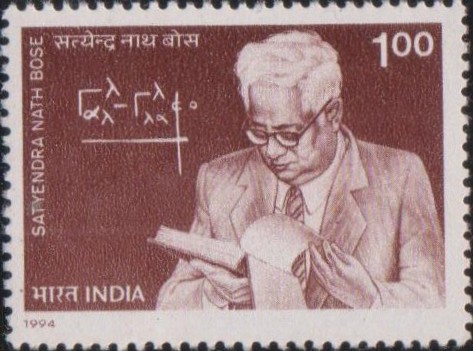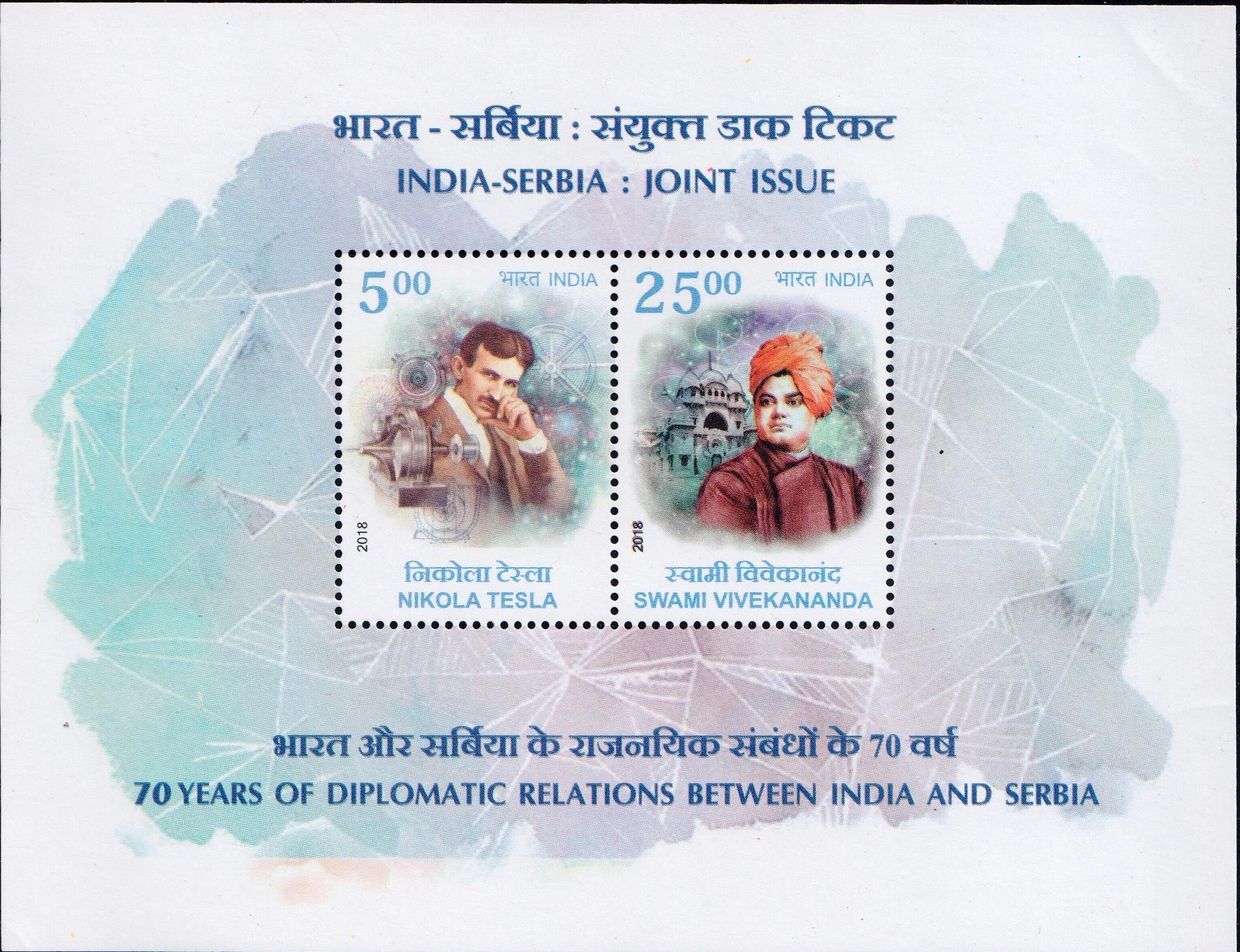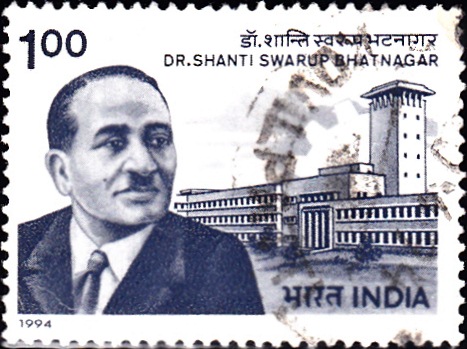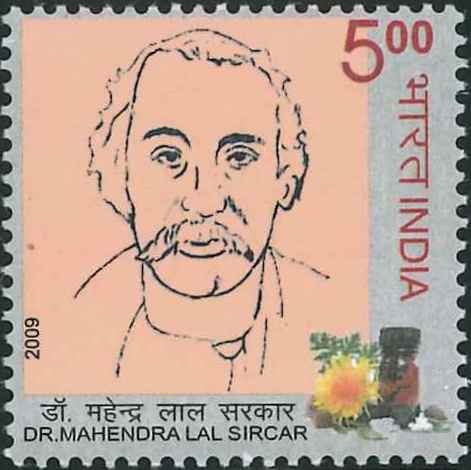
Meghnad Saha
A commemorative postage stamp on the Birth Centenary of Meghnad Saha, an Indian astrophysicist :
 Issued by India
Issued by India
Issued on Dec 23, 1993
Issued for : 1993 is Prof. Saha‘s Birth Centenary year. The Department of Posts is privileged to issue a commemorative postage stamp to mark the Centenary of this illustrious figure of Indian Science. The FDC depicts sketch of Prof. Saha with his signature.
Design Credits :
Stamp : Saha Institute of Nuclear Physics
First Day Cover : Based on the materials supplied by Indian National Science Academy, New Delhi
Cancellation : Mrs. Alka Sharma, Artist Dept. of Posts
Type : Stamp, Postal Used
Colour : Single Colour
Denomination : 100 Paise
Overall size : 3.91 x 2.90 cms.
Printing size : 3.55 x 2.54 cms.
Perforation : 13 x 13
Paper : Indigenous Un W/M Adhesive Coated Stamp Paper
Number of stamps Printed : 0.6 Million
Number per issue sheet : 35
Printing Process : Photogravure
Printer : India Security Press
Name : Meghnad Saha
Born on Oct 6, 1893 at Shaoratoli village, Dhaka, Bangladesh (British India)
Died on Feb 16, 1956 at Delhi, India
About :
- Professor Meghnad Saha belongs to an outstanding group of Indian Scientists whose contributions revolutionised specific branches of knowledge and earned global recognition. A man with undaunted spirit, unshakable determination and dedication, he rose from amongst the weakest sections of the society and established himself as one of the intellectual giants of the period. He lived through an epoch that witnessed great social and intellectual upheavals and persistently endeavoured to remain in the forefront of the contemporary movements, both scientific and social.
- Prof. M.N. Saha‘s greatest contribution in the field of science is the theory of thermal ionisation. The theory, which afterwards was to bear his name, is one of the cornerstones of theoretical astrophysics. The impetus given to astrophysics by Prof. Saha‘s work can scarcely be overestimated; nearly all later progress in this field has been influenced by it. He also made notable contributions in the field of magnetism, statistical physics, ionospheric physics, nuclear physics etc. He was one of the earliest contributors to the concept of monopoles and its physical consequences. The fellowship of Royal Society was bestowed upon him for his outstanding scientific contributions.
- In the context of building scientific schools and science organisations, Prof. Saha surpassed most of his contemporaries. He built a strong group of nuclear physicists while he was Palit Professor of the Physics Department, Calcutta University. The effort ultimately culminated in the founding of the Institute of Nuclear Physics, where his students in later years earned international reputation. Here, he initiated pioneering activities in three frontline fields of research, viz. particle accelerator, nuclear magnetic resonance and modern biophysics. Prof. Saha took over the leadership of the prestigious Indian Association for the Cultivation of Science in 1953 and created new facilities and infrastructures for this institution. Though he was a theoretician, he always emphasised the importance of experimental research, as revealed by his action programmes. In all his efforts, both scientific and social, he demonstrated the quality of harnessing the initiative of the common people. Aptly therefore, a critic in the renowned journal ‘New Scientist‘ described him as a “prophet of Indian Science“.
- Prof. Saha was an avowed supporter of National Planning. It was through his ardent efforts that a National Planning Committee came into being under the aegis of the Indian National Congress in the pre-independence era.








[…] of the Delhi University in 1947, elected a Fellow of the Royal Society of London in 1957, ‘Meghnad Saha Medal’ of the Indian National Science Academy, ‘P. N. Bose Memorial Medal’ of the […]
[…] the B.Sc. degree from Allahabad University in 1926 with flying colours, under the guidance of Shri Meghnad Saha, a noted physicist, he went on to obtain M.Sc. in 1928 with specialisation in Wireless (now […]